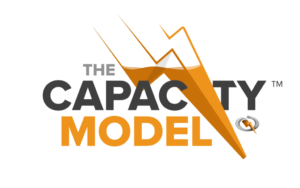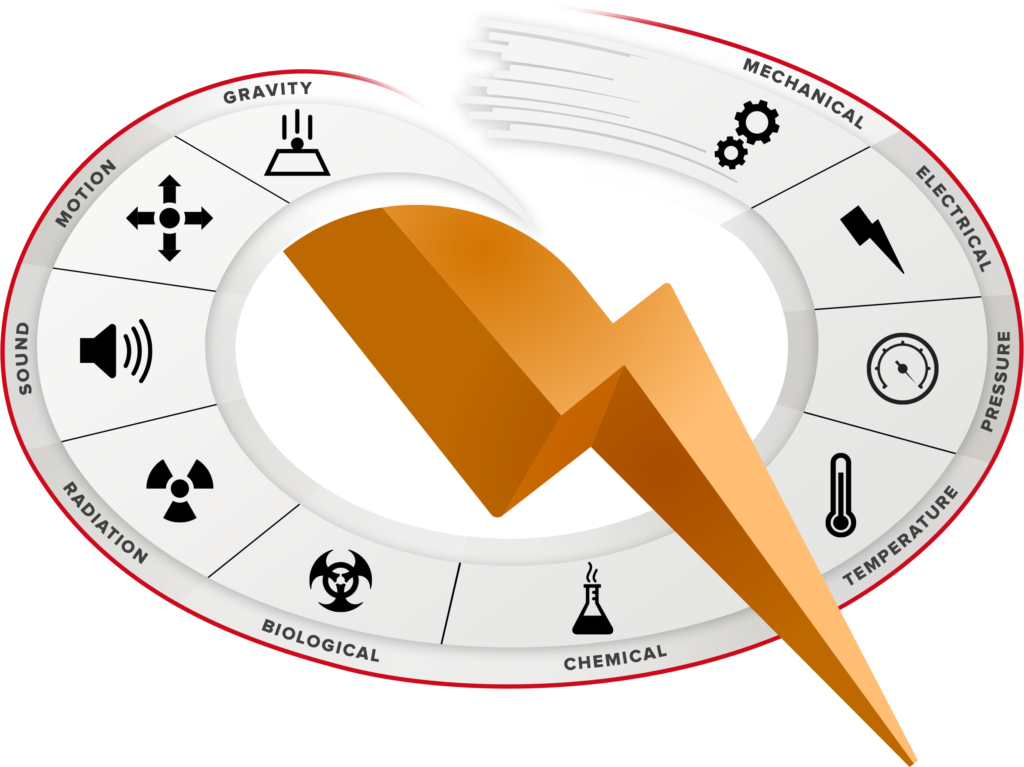Capacity Model
PGI is in the people business and we know that people are fallible. We always choose prevention, but we realize that mistakes will happen. Because mistakes happen, we have to create the capacity to absorb failure without causing harm. To be ready, we will plan and execute work assuming that failure could happen at any moment. We will learn from each job, each mistake and success – to continue getting better in every aspect. Safety is not the complete absence of injuries – it is the presence of capacity. Safety is not just a policy – safety is the core of who we are and always at the forefront of our focus.
Message from Caleb Scheve:
“The Capacity Model is a paradigm shift in safety management. It is the antithesis to archaic, ineffective, penalty-based “gotcha” safety approaches by utilizing scientifically based, human-centered data and principles.”
Click link to hear a message from Robert Bell, President/CEO of Price Gregory

